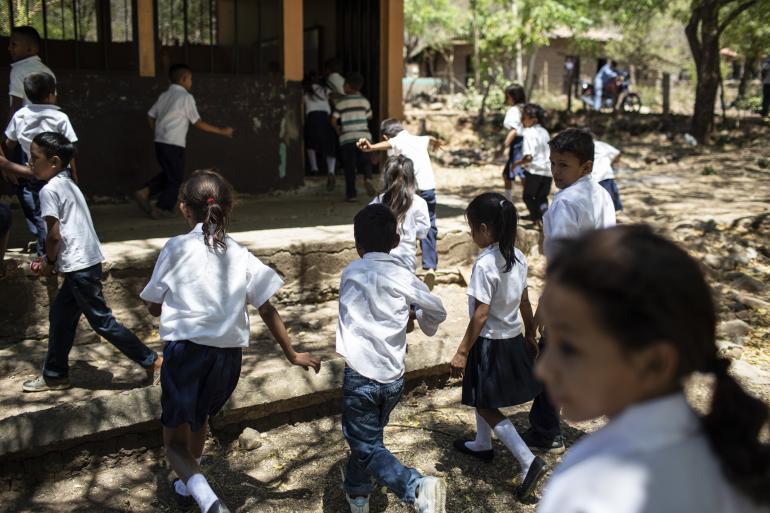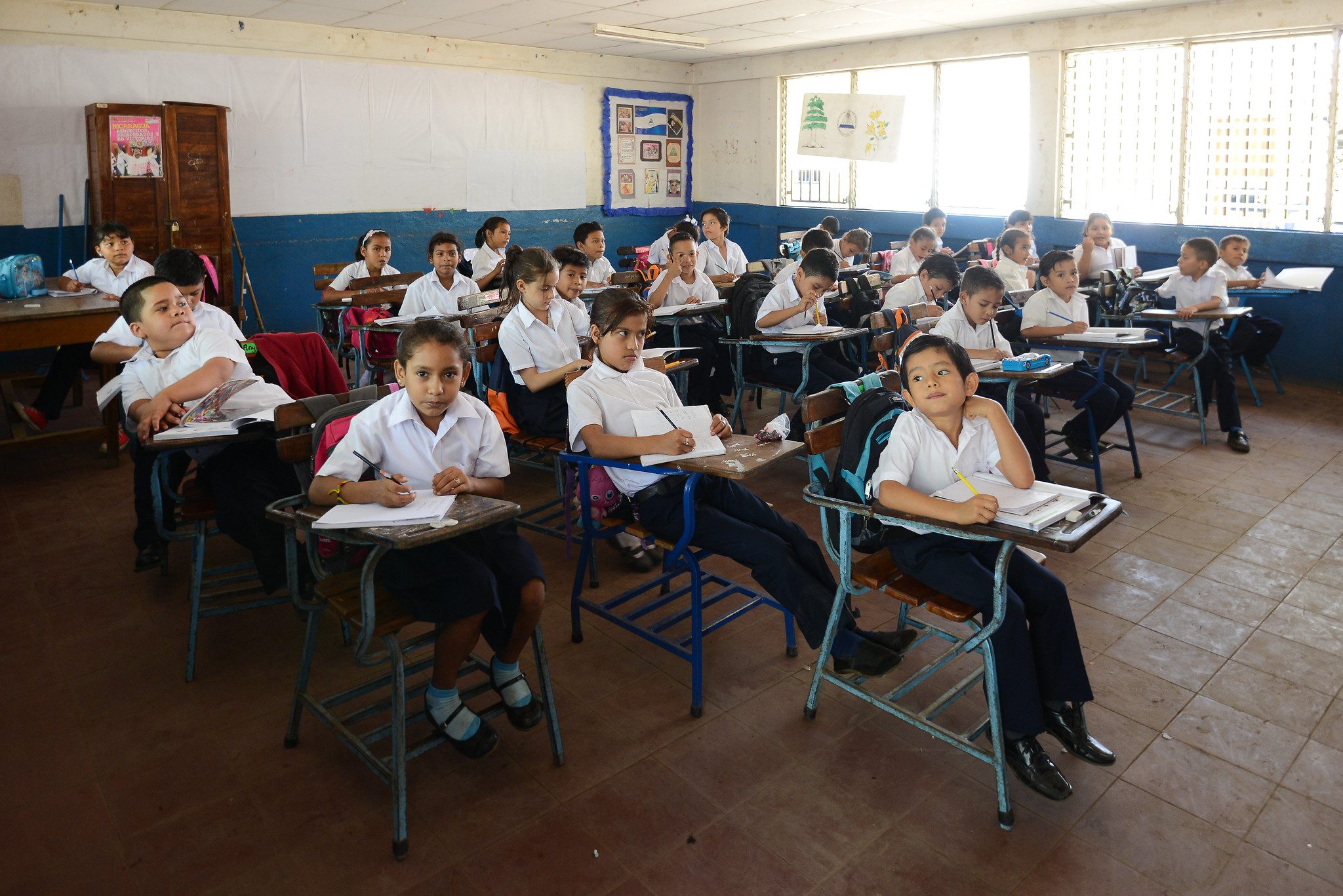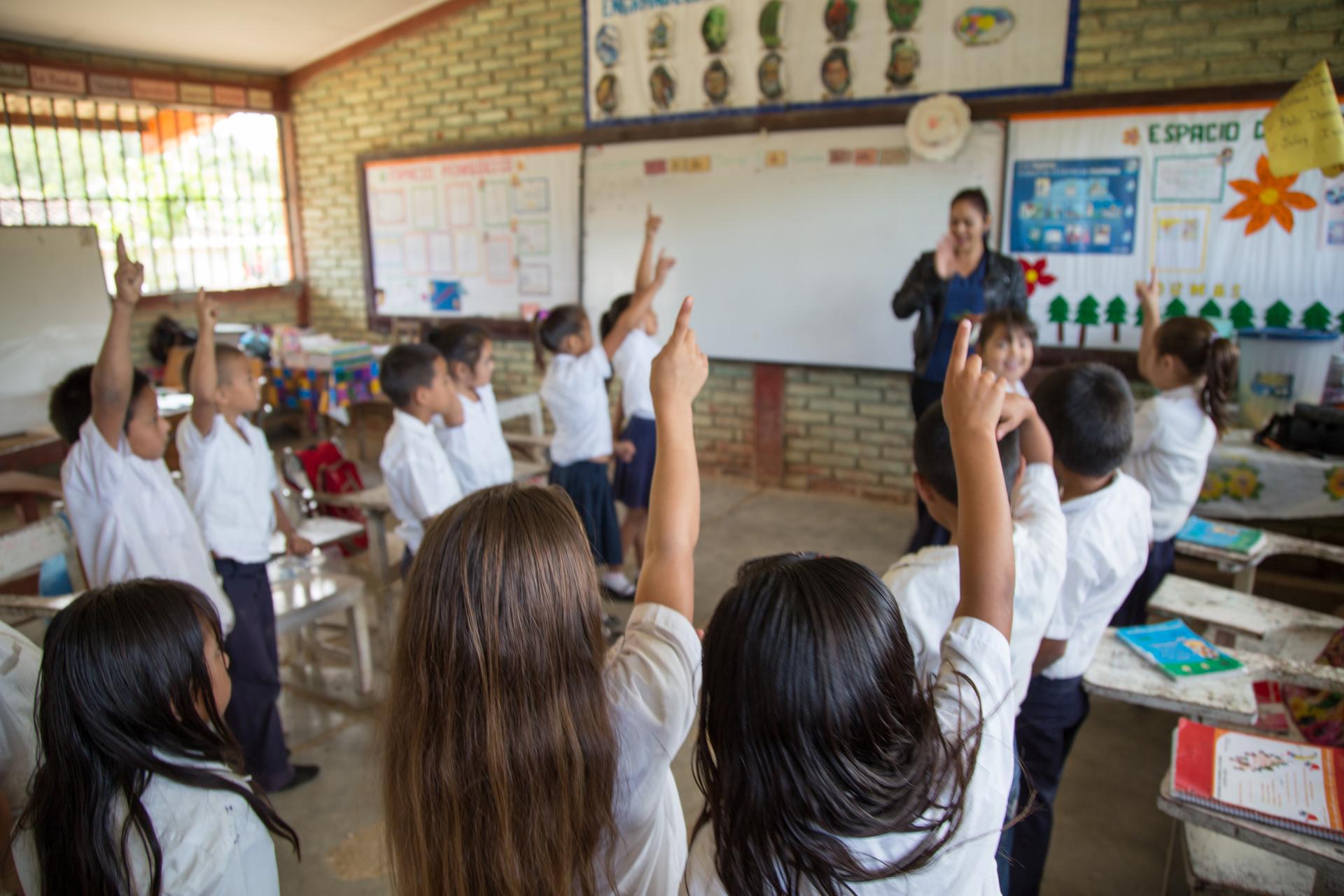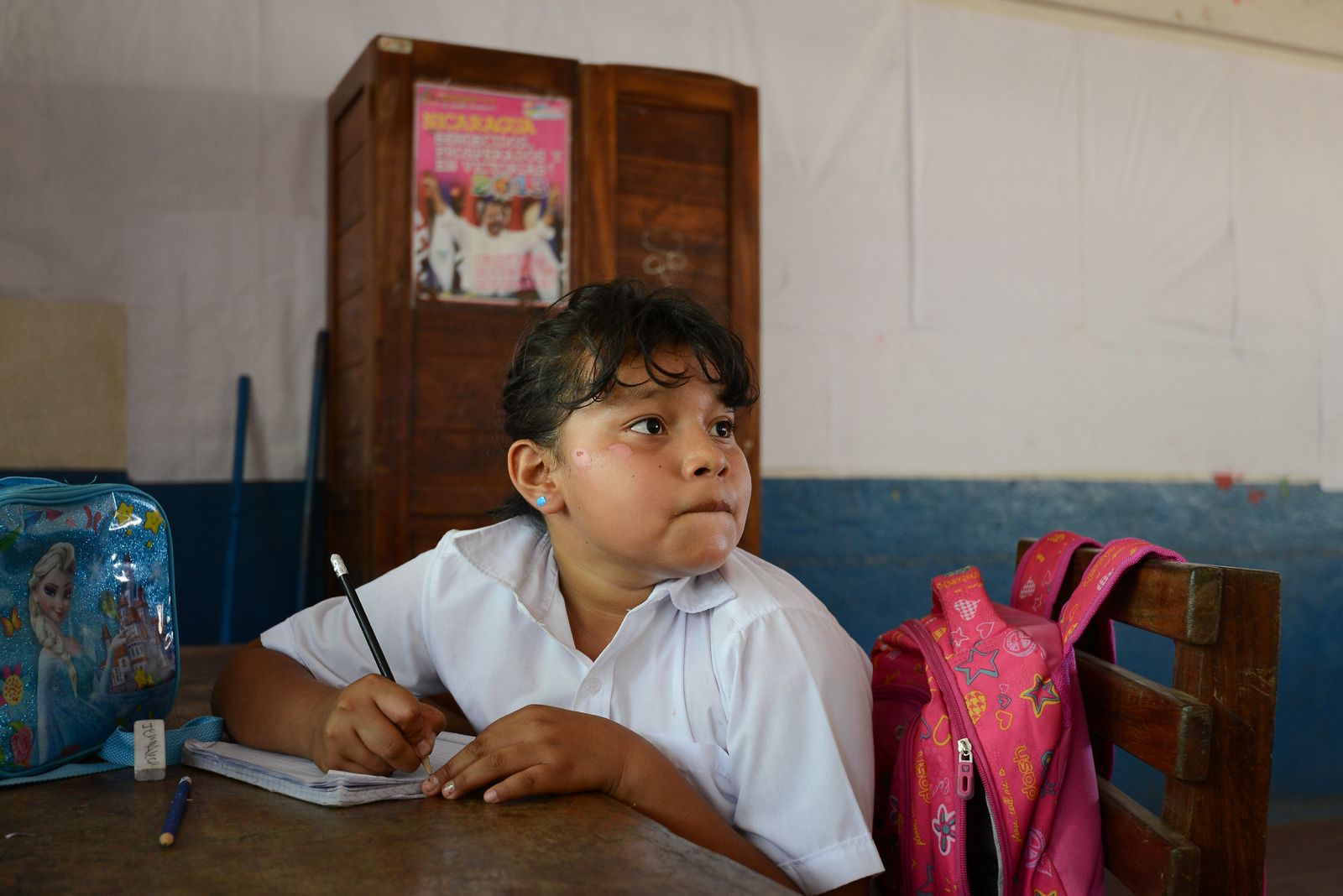The number of children migrating from Central America to the United States is greater than the annual increase in high school enrollment in this region, according to the research study An Unprecedented Migration Crisis: Characterizing and Analyzing its Depth, by researchers Manuel Orozco and Patrick Springer and published by the Central American Dialogue.
“Children are choosing to leave their countries rather than stay in schools,” researcher and director of the Migration, Remittances and Development program at the Inter-American Dialogue, Manuel Orozco, tells DIVERGENTES.
This has caused school enrollment to drop in some Central American countries, such as Guatemala, Honduras and Nicaragua. The decline is seen mainly in high schools, because the age range of minors who migrate alone is between 12 and 16 years old.
For example, in 2023 there were 48,478 unaccompanied migrant minors arriving at the US border from Guatemala, according to the US Department of Homeland Security (DHS); while the increase in enrollment in Guatemalan high schools in 2023 was only 8,480, according to the Guatemalan Ministry of Education.
Recibe nuestro boletín semanal
This means that there is an increase of 583% of unaccompanied migrant minors compared to the increase of enrolled minors, Orozco points out.
“If we consider that less than 40% of the children are in the education cycles of the age range between 12 and 16, which is the range of unaccompanied migrant minors, then we can see that more children are migrating alone than the increase in enrollment,” Orozco explains.
The higher the school grade, the lower the number of students

In other countries such as Honduras, the reduction of high school students is more noticeable. The higher the grade level, the fewer the number of students. Data from 2021 from the Ministry of Education indicate that the drop in students is abrupt after the sixth grade.
That year, 138,273 young people were reported to be in seventh grade, but by twelfth grade – the last grade in the Honduran education system – only 43,244 students remained.
Although the Ministry of Education reports that school enrollment in Honduras has increased in the last three years, this is only true for primary education. Data from the same institution reflect that in 2021, 584 617 young people were enrolled in high school grades, but, in 2022, 570 863 were enrolled. That is, 13 754 students less.
The case of Nicaragua

In the case of Nicaragua, school enrollment has decreased at all levels, according to the Interactive Map on Education Statistics of the Ministry of Education. While in 2021 there were 1 790 683 students enrolled in the different educational levels, in 2022 there were 1 753 132. This meant a decrease of 37 551 students in a single year.
The main decrease in enrollment was registered in high schools with 14 582 students less, but in elementary schools there was also a decrease of 12 622 students.
It is worth noting that human rights organizations documented that 2021 was the year in which the most Nicaraguans emigrated. However, the dictatorship of Daniel Ortega and Rosario Murillo proclaimed “educational victories” for the 2022 enrollments.
5% of migrants in the United States are minors

Research shows that the migration movement of children from the region in recent years is the highest in decades. According to DHS data, 5% of all migrants entering the United States this year are unaccompanied minors.
While the number of migrant minors has been on the rise since 2012, the highest numbers on record are reported since 2021. In this year alone, DHS reported the presence of 150,000 unaccompanied migrant children at the U.S.-Mexico border.
In 2022, 152,000 minors were reported arriving, the highest number to date; in 2021 it was 147,000; in 2020 only 34,126, due to the border closure due to the pandemic; and in 2019, 83,386 children were reported.
This means that an average of one out of every 20 migrants arriving irregularly in the United States is an unaccompanied minor. These figures still do not include migrant children who are accompanied by family members, so the actual number of migrant minors is much higher.
“The number of family groups of all arrivals increased from 12% to 35% between August 2020 and August 2023. However, among Central Americans the number increased from 34% to 56%,” he notes.
Majority of migrant minors are from Central America
The majority of unaccompanied migrant children and adolescents come from Central America. Only half of them are from Guatemala.
“In the case of Guatemala, one out of every three members of the migrating family circle are minors. That gives at least one significant additional figure,” says Orozco.
In 2022, 47% of unaccompanied minors from Central America came from Guatemala, 29% from Honduras and 13% from El Salvador. The remaining children of other nationalities remained below 10%.
The factors that cause the massive migration of minors are many and vary from country to country, according to Orozco. Among them are insecurity, lack of opportunities, the presence of authoritarian governments such as Nicaragua or family reunification, “as a result of frustration with the failed promise of former U.S. President Barack Obama to implement an immigration reform,” he explains.
Impact on the quality of education in the region
The impact of this migration of children also varies from country to country, but in all of them it has a negative effect on the poor quality of education.
“One effect is that there is a loss of talent that potentially could have benefited the country. Potentially, because given the precariousness and educational and social inequality that exists in the region, these minors will probably have better opportunities for personal growth if they had stayed,” says the researcher.
For Orozco, Central American countries do not take into account the importance of improving and reforming the quality of the education system to reduce the high rates of migrant minors and “this trajectory is a call to take migration and education seriously”.

